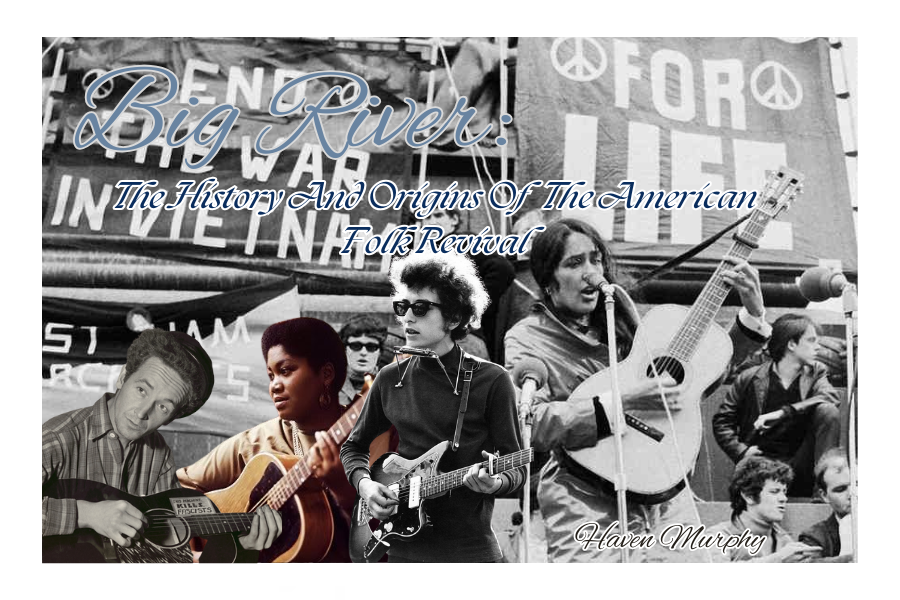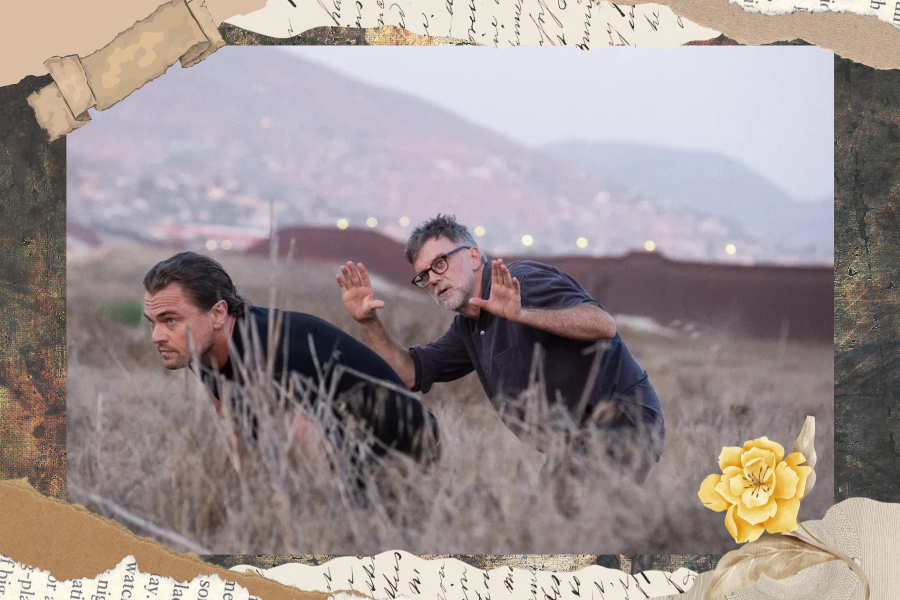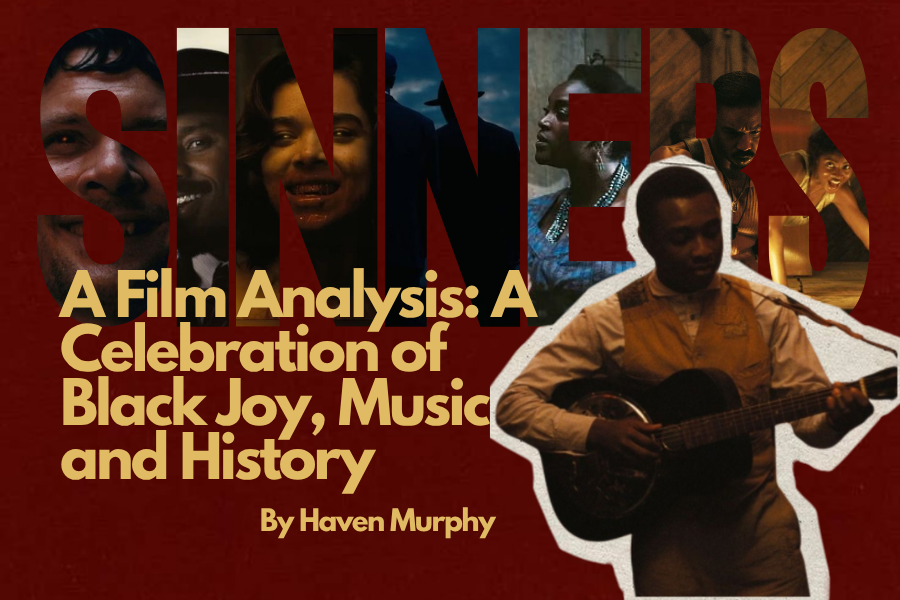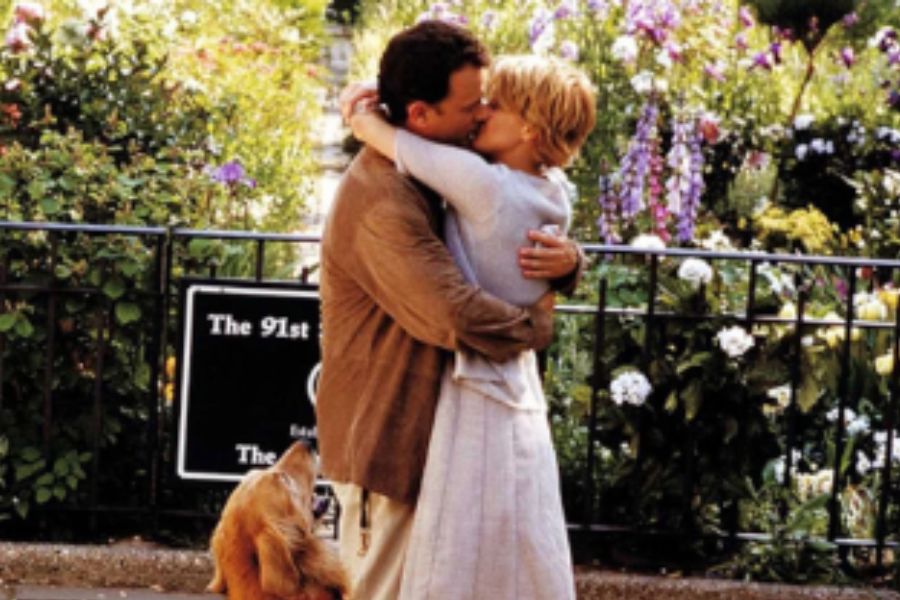The American Folk music genre harbors roots from as early as the 15th century. However, most of the folk music we know today, from profound artists like Joan Baez, Odetta, Woody Guthrie, Mississippi John Hurt and Bob Dylan–to name a few–are a part of and worked to develop the American folk revival.
The American folk music revival movement was a reinvention of traditional American folk music, taking place throughout the 1940’s and ’60s, rooting from both rural and urban areas of the country. Emerging artists from the movement often used the music for activism and protesting the injustices within society. Notable tunes like “Dusty Old Dust” by Woody Guthrie, released in 1940, tells of life during the Dust Bowl, a period in the ’30s where severe drought plagued the American prairies. Folk contributed musical anthems during the civil rights movement and protests of war, labor and environmentalism.
Before the great folk revival of the ’40s, was the presumed traditional folk origin of the 19th century. The roots of folk music, also referred to as traditional American music or roots music, embedded deep into immigration, such as the cultural songs of Native Americans, work songs of African-Americans, the sounds of French settlers, European ballads and travel work songs like sea shanties, railroad and coal mining songs. Fundamental instruments of early folk music were often string instruments like the fiddle, mandolin and the guitar–although, the 10 English string guitar popular in folk was soon replaced by an eight string Spanish guitar.
Because of the vastly diverse origins of folk music, the name “folk” serves as an umbrella term for various other genres and subgenres, like bluegrass, gospel, Cajun, Native American, Appalachian and most notable to those unfamiliar with folk music–country. Folk music comes from every region of the country, and each region greatly contributed and influenced the folk music revival. The Carter Family, a traditional folk group, greatly influenced other folk musicians. Native Americans established music and dance as a core root of the southern plains, which set a precedent for numerous cultures, like Asian, Mexican and Anglo-American, to cultivate a musical mix that greatly developed 20th century jazz, blues and folk.
The peak of the folk music revival birthed some of the most influential singer-songwriters of the folk genre–and of music as a whole. My favorites being Joan Baez and Bob Dylan–who I get to see live in concert! The discography of Joan Baez fascinated me at my first listen. The airy yet strong and clear vocals of her cover of Dylan’s “It Ain’t Me, Babe” is captivating with each listen. Her tracks, “Silver Dagger” and “Diamonds And Rust” tell intricate and emotional stories that flow alongside melodic guitar and percussion.
One of my favorite musical duets was performed in 1964, between Baez and Dylan. Although they had a rocky relationship, the duo sang “It Ain’t Me, Babe” in their own, distinct vocal styles—Baez’s being high and clear and Dylan’s being raspy and unique. Even as Dylan’s voice slightly overpowers Baez’s, the two mix and blend into each other in a fresh, unique and joyful way—especially when the two share a laugh mid lyric.
An entire country’s traditional music often tells truths, hardships and stories of the people through the people. The vast origins of cultures of American folk music have been and will continue to be captivating and a representation of humanity.









